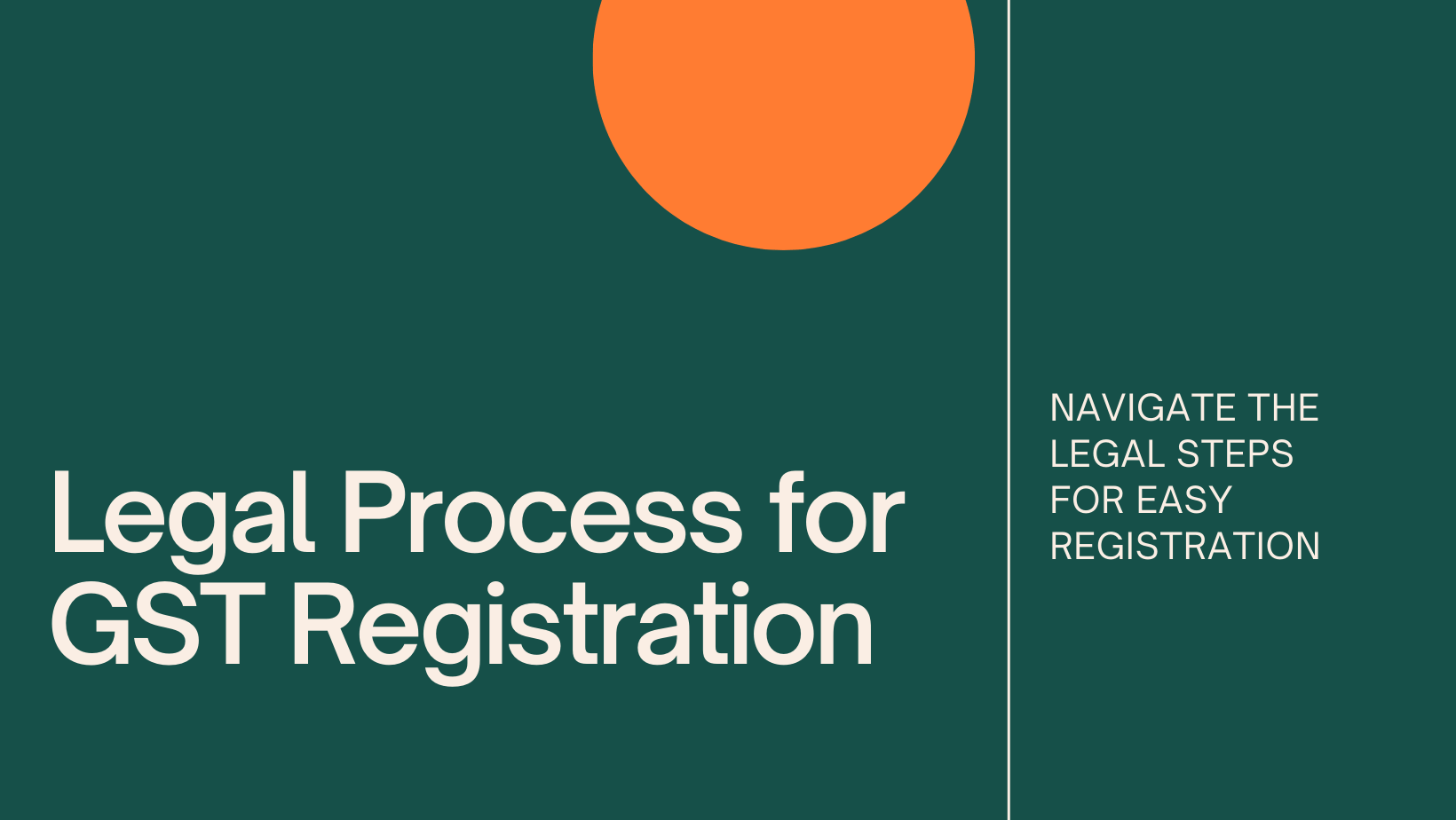
Legal Process for GST Registration
admin
22-08-2024
The Goods and Services Tax (GST) registration is mandatory
for businesses in India that meet specific criteria, such as annual turnover
limits or involvement in inter-state transactions. Here’s the legal process for
GST Registration:
1. Determine Eligibility
- Mandatory
Registration: Businesses with an annual turnover exceeding ?20 lakhs
(?10 lakhs in some states) or those engaged in inter-state supply of
goods/services.
- Voluntary
Registration: Even if the turnover is below the threshold, businesses
can voluntarily register
for GST.
2. Collect Required Documents
- PAN
Card: Permanent Account Number of the business or the owner.
- Proof
of Business Address: Utility bill, property tax receipt, or rental
agreement.
- Bank
Account Details: Cancelled cheque or bank statement.
- Identity
& Address Proof: Aadhaar card, Voter ID, or passport of the
owner(s) or partners.
- Photographs:
Recent passport-sized photographs of the owner(s).
- Constitution
of Business: Partnership deed, Certificate of Incorporation, or
registration certificate, depending on the business structure.
3. Visit the GST Portal
- Website:
www.gst.gov.in
- Create
a User ID: Click on ‘New Registration’ and fill in the necessary
details to create an account.
4. Fill the GST REG-01 Form
- Part
A:
- Select
"New Registration."
- Provide
PAN, mobile number, and email address.
- Verify
with OTP sent to the mobile number and email.
- Part
B:
- Fill
in the business details such as trade name, business address, and bank
account details.
- Upload
the required documents.
5. Verification and Submission
- Submit
Application: After filling in all the details and uploading the
documents, submit the application using a Digital Signature Certificate
(DSC) or E-Signature.
- ARN
Generation: Upon successful submission, an Application Reference
Number (ARN) is generated for tracking the application status.
6. Application Processing
- Processing
by GST Officer: The GST officer will verify the application and the
submitted documents.
- Clarifications:
If the officer requires additional information, they may request clarification
via Form GST REG-03.
- Response:
The applicant must respond with the required details using Form GST REG-04
within seven working days.
7. Issuance of GSTIN
- Approval:
If the application is approved, the GST officer issues the GSTIN (Goods
and Services Tax Identification Number) and the Certificate of
Registration (Form GST REG-06).
- Rejection:
If rejected, the applicant is informed via Form GST REG-05, along with the
reasons for rejection.
8. Post-Registration Compliance
- Display
GSTIN: The GSTIN must be displayed prominently at the business
premises.
- GST
Returns: Registered businesses must file monthly, quarterly, and
annual GST returns as applicable.
- Invoice
Compliance: Issue GST-compliant invoices to customers.
This process outlines the legal steps to follow for
obtaining GST registration in India. Following this procedure ensures that your
business complies with GST laws and avoids penalties.